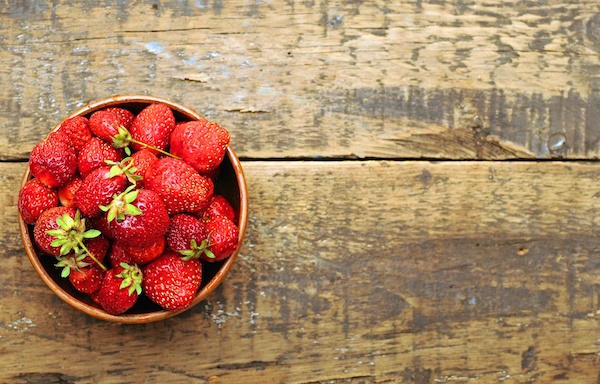<img src="http://thehealthcast.com/wp-content/uploads/2011/09/Dng074ml.jpg" alt="" title="An Apple a Day Really May Keep the Doctor Away” class=”alignright size-full wp-image-161″ />
THURSDAY, Sept. 15 (HealthDay News) — Fruits and vegetables whose edible sections are white may lower your risk of stroke more than other fruits and vegetables, Dutch researchers report.
Every 25 grams per day of white fruits and vegetables consumed led to a 9 percent decrease in the risk of stroke, and apples and pears were the most commonly consumed “white fruit,” according to the study, published in the November issue of Stroke.
“Green, orange/yellow and red/purple fruits and vegetables weren’t related to stroke. However, the risk of stroke incidence was 52 percent lower for people with a high intake of white fruits and vegetables, compared to people with a low intake,” said study author Linda M. Oude Greip, a postdoctoral fellow at Wageningen University in the Netherlands.
But, Oude Greip pointed out that the findings don’t mean it’s OK to stop eating other fruits and vegetables. First, she noted, the findings need to be replicated. And, even if future research confirms these findings, “because other fruit and vegetable color groups may protect against other chronic diseases, it remains of importance to eat a lot of fruit and vegetables,” she stressed.
Oude Greip said past research has shown that higher fruit and vegetable consumption can lower the risk of stroke, but none of that research looked at specific fruits and vegetables to see if any contributed more to the reduced risk than the others.
For her study, Oude Greip used data collected by the National Institute of Public Health and the Environment of the Netherlands that included more than 20,000 people. Study participants were between the ages of 20 and 65 at the start of the study, and none showed any signs of cardiovascular disease.
All of the study volunteers completed a 178-item food frequency questionnaire. The study then included 10 years of follow-up information on the participants’ health. During the follow-up period, 233 people had a stroke.
Fruits and vegetables were divided into four color groups, each based on the color of the “fleshy” portion of the fruits and vegetables: Green, orange/yellow, red/purple and white.
The only group that was associated with a statistically significant decrease in stroke risk was white fruits and vegetables.
Fruits and vegetables included in the white category were apples, pears, apple juice, apple sauce, bananas, cauliflower, chicory, cucumber and mushrooms. White fruits and vegetables were the most commonly consumed produce, with 36 percent of fruit and vegetable intake coming from the white group. Within the white group, apples and pears were the most commonly consumed, representing 55 percent of what was consumed.
For every 25-gram increase in the amount of white fruit consumed each day, the risk of stroke went down by 9 percent, according to the study. A typical apple is 120 grams, the researchers added.
Oude Greip said it’s not clear exactly what components in white fruit might be protective for stroke, but she suspects that the dietary fiber and the flavonoids play a role. Apples and pears are high in a flavonoid called quercetin.
Jessica Shapiro, an associate wellness dietitian at Montefiore Medical Center in New York City, said, “Apples and pears are very good fruits. They’re available year-round and are almost consistently good.
“As with any study, there are limitations. One is that the food intake was self-reported. Food frequency questionnaires are inherently biased because it’s hard to remember exactly what you’ve eaten in the past. But, the positive thing to take from this is that everything we’ve been saying is confirmed again. Fruits and vegetables are good for you,” she said.
Shapiro also said it would be difficult to single out what it is about white fruits that might reduce the risk of stroke. “It’s really the whole foods. There’s fiber and phytochemicals and flavonoids, and these all work together synergistically. I don’t think you can single out one nutrient.”
She said that she wouldn’t recommend limiting your diet to just white fruits and veggies. “Eat the rainbow of fruits and vegetables,” she added. “Each fruit and each vegetable provides certain nutrients that combine and interplay with others.”
More information
Learn more about stroke prevention from the U.S. National Institute of Neurological Disorders and Stroke.

